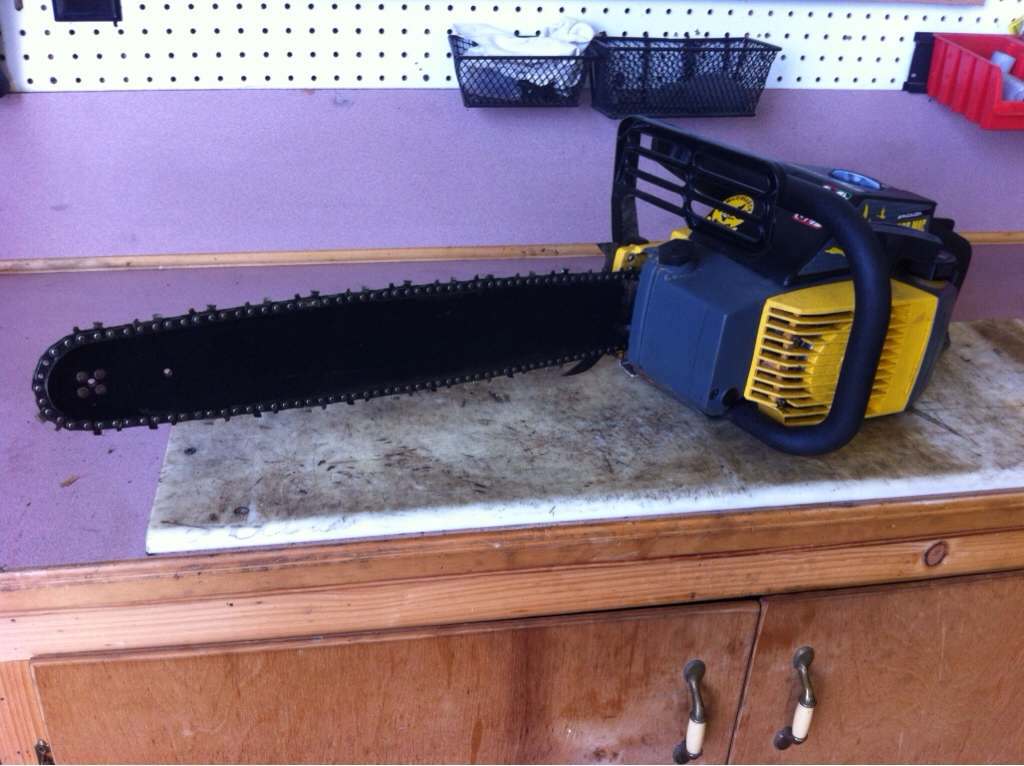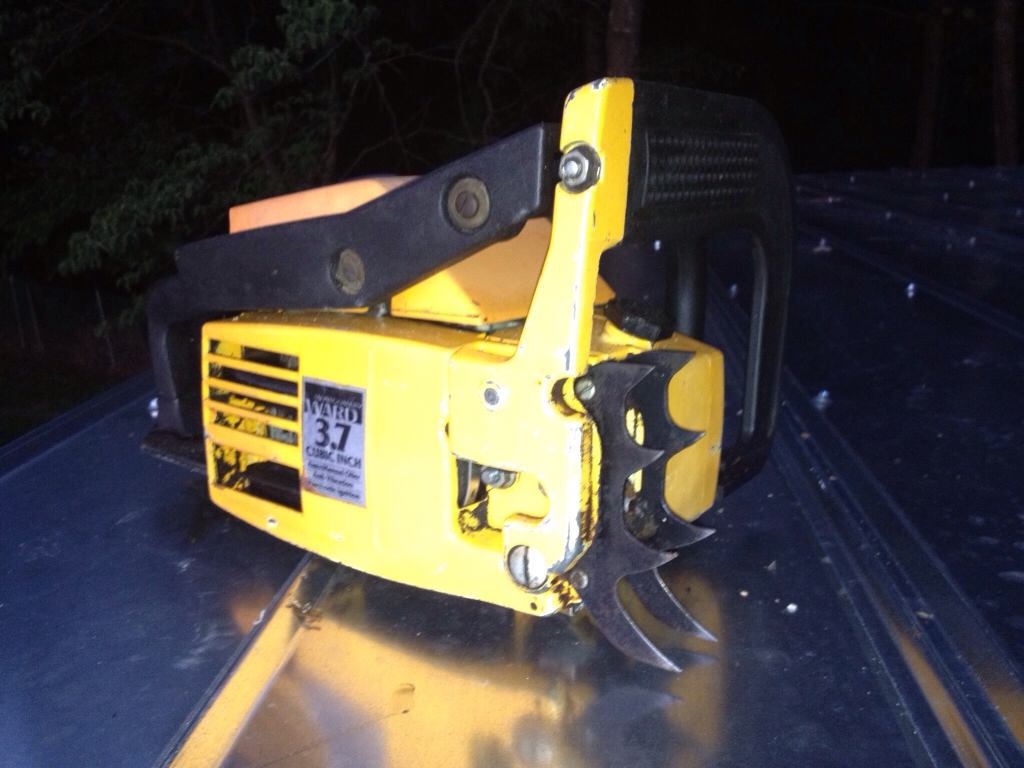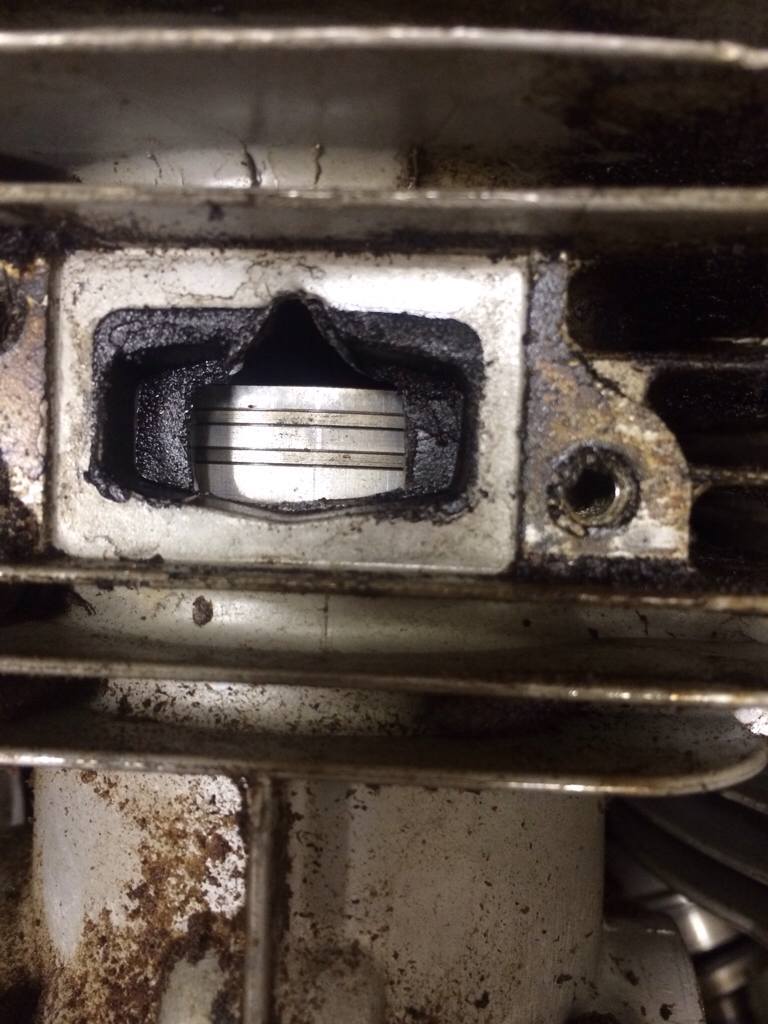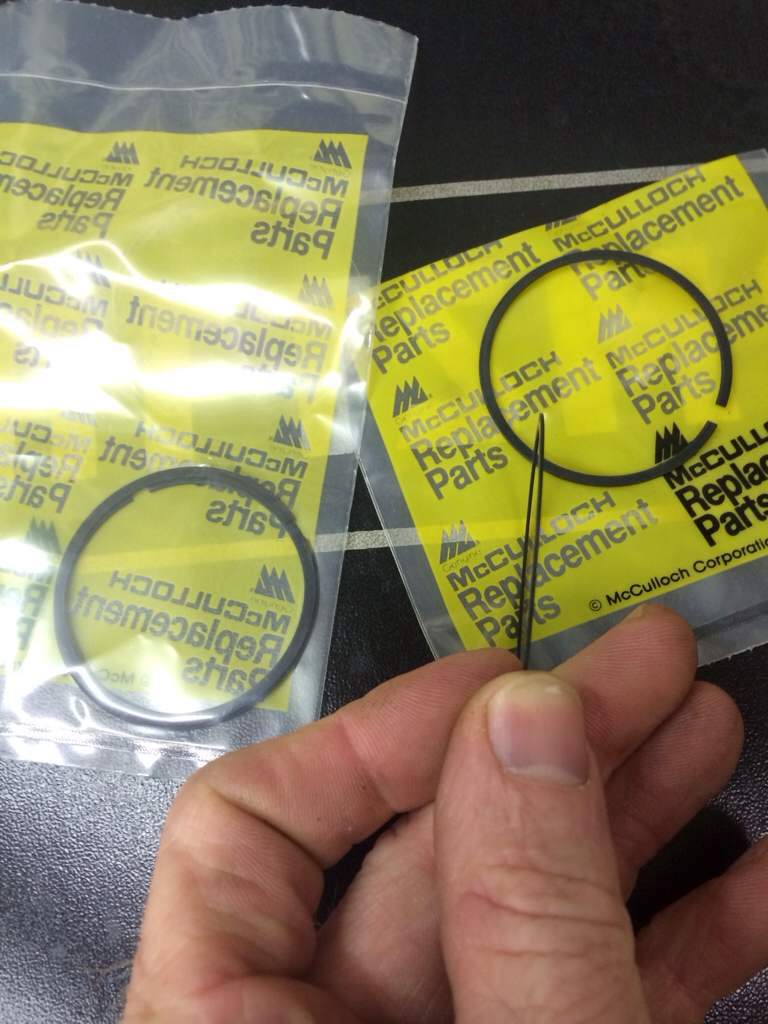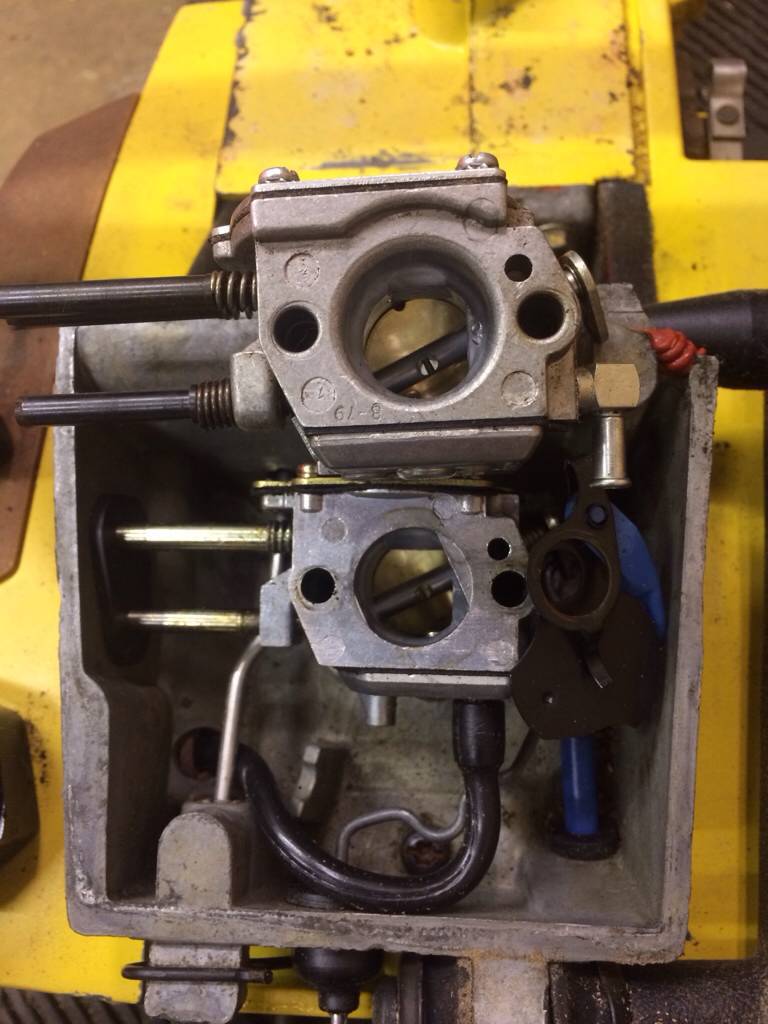I got a PM610 a couple weeks ago that I was told "hasn't run in decades", and a few days ago I finally had a chance to clean it up a little, got all the old oil and gook out from around the brake and clutch area, washed out the air filter, etc. The next day I gassed it up and tried to start it, but no joy. Didn't really look any farther, just pulled it through as many times as I could stand (this is a 60cc saw, after all, and I'm quickly aging at 51 years.) Not a pop. I think I'll pour some mix down the carb next and see if I get a pop, and pull the plug and check for spark. Last night late I didn't want to mess around with it out in the cold garage, so instead I brought it inside, took the carb off and pulled it apart. Didn't seem like there was much gas in it for my having tried to start it a day or so before, so I suspect the diaphragms have gotten stiff. I also noticed the little "flappers" in the pump section looked a little curled. No point fighting with it, so I ordered a carb kit on eBay, and I hope that's all it will need. While I wait I'll do those other checks, and I still put the carb back together, and I'll try to get it to fire as-is, but I could see a kit will make a big difference.
It came with a 16 inch bar, and I've already bought a 20" Oregon D70 chain, looking for a used bar with some life left in it now. Guess I need to visit the Tradin' Post (as soon as I recover from Christmas, that is!)





